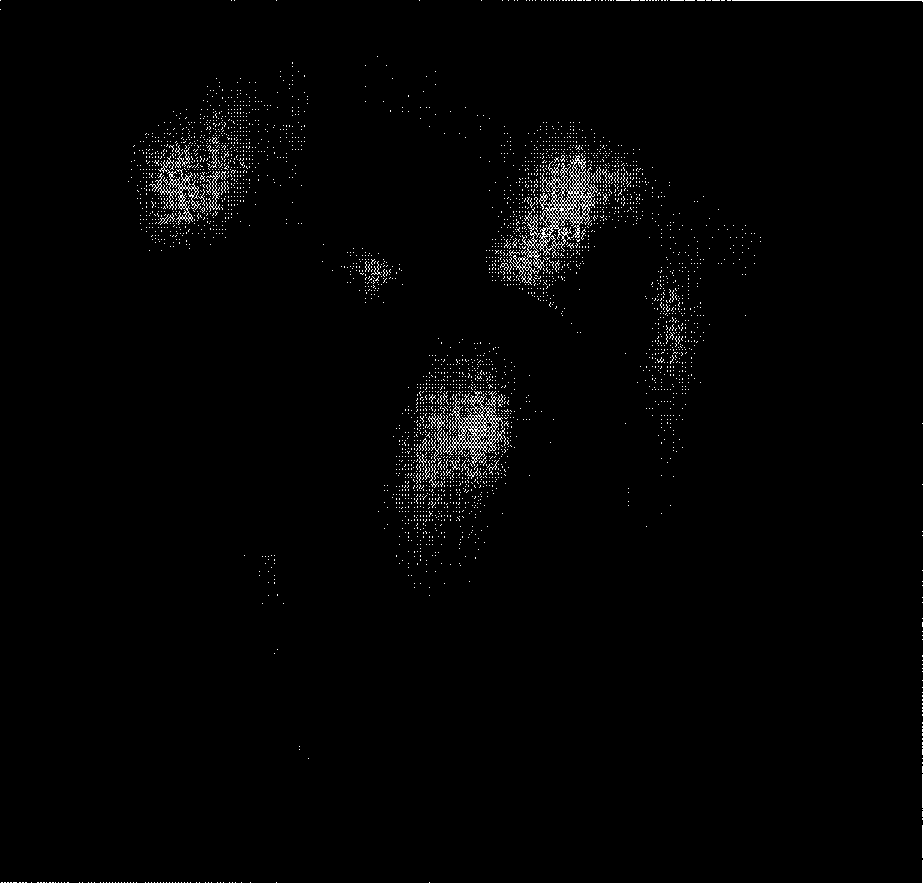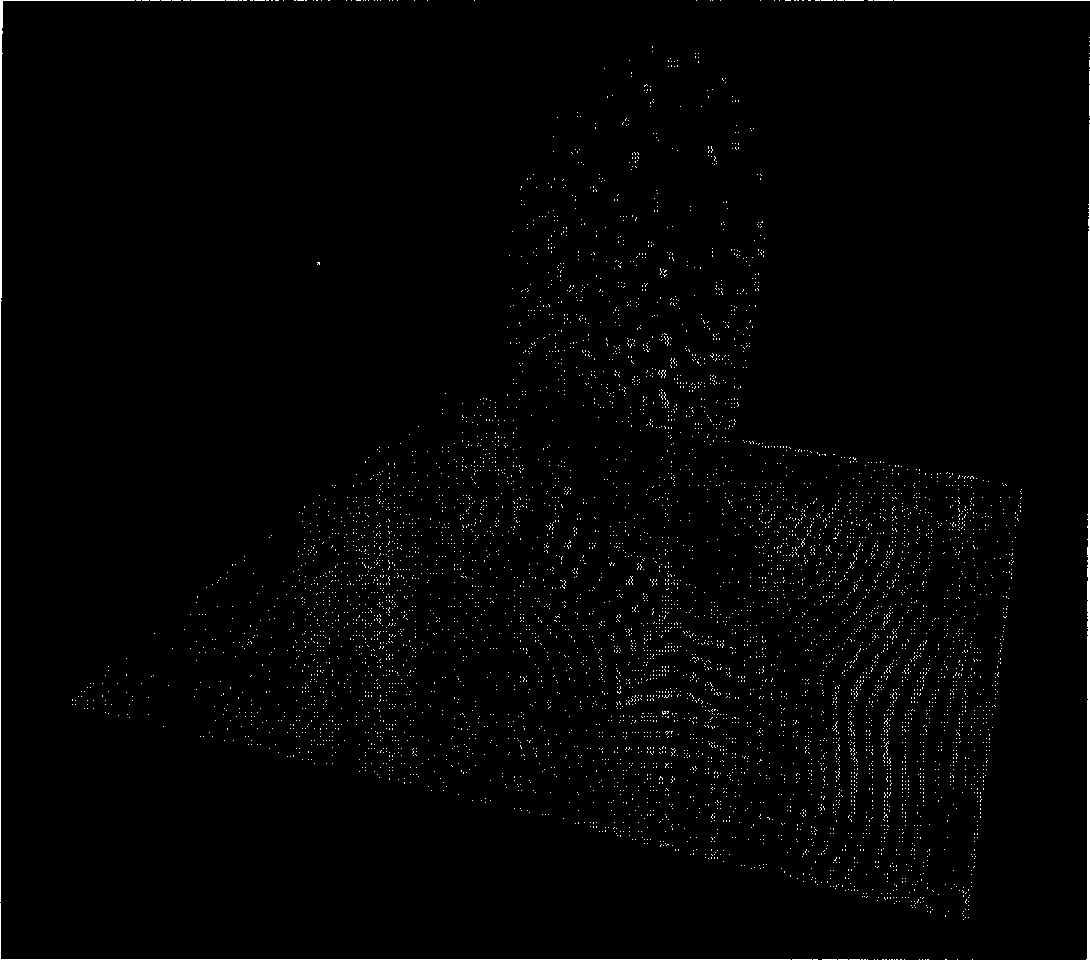Technique for reconstructing 3D complex geologic body
A complex geological and three-dimensional technology, applied in the direction of seismic signal processing, etc., can solve problems such as relatively high requirements for grid topology information, unfavorable interactive modification, and influence by the initial model, etc., to achieve flexible and convenient interactive editing methods for surfaces, reduce Interactive point filling process to achieve a simple effect
- Summary
- Abstract
- Description
- Claims
- Application Information
AI Technical Summary
Problems solved by technology
Method used
Image
Examples
Embodiment 1
[0041] Example 1 The results of constructing multi-valued salt dome surface
[0042] figure 1 As shown, the number of known seismic interpretation scattered data points in this example is 4890, and its shape is relatively complex. It is difficult to establish an accurate model by using conventional methods, and the two-dimensional drawing method cannot describe its shape, but the method of the invention can effectively solve this problem.
[0043] Its specific implementation steps are:
[0044] 1. First, an initial triangulation surface is established using a three-dimensional equipotential field based on the data set.
[0045]2. Optimizing and establishing the topological relationship of the triangular mesh. This step is mainly to reconstruct the adjacency topological relationship between the triangular surface elements, the mesh nodes, and the edges of the triangular elements.
[0046] 3. On the basis of the establishment of the initial grid above, each scattered data poi...
Embodiment 2
[0051] Example 2 Results of constructing multi-valued stratum surface
[0052] image 3 It is a multi-value stratum layer with more than 17,000 scattered data points. The initial surface does not use an implicit surface, but uses the simplest two-dimensional plane triangular grid, and then adopts the method of energy deformation to approximate it. Figure 4 The final surface shown shows a very good approximation with a triangle mesh of 12,000 bins.
Embodiment 3
[0053] Embodiment 3 builds the curved surface of the lens body
[0054] Figure 5 As shown in , the results are established for a closed lens body, the number of known scattered data points is 1500, and the specific steps for constructing the surface are:
[0055] 1. First, use the normal vectors at the locally estimated scattered points to add several control points inside and outside the model, and then use the implicit surface construction surface method to establish the initial model mesh.
[0056] 2. Establish the topological relationship of the initial grid, and establish the corresponding constraint relationship between the grid unit and the scattered control points.
[0057] 3. Utilize the energy-based discrete smooth interpolation method to further smooth and approximate the model, and the specific details are similar to those in Embodiment 1.
[0058] Through the above steps, it can be obtained as Figure 6 The results shown.
[0059] Of course, for this model, i...
PUM
 Login to View More
Login to View More Abstract
Description
Claims
Application Information
 Login to View More
Login to View More - R&D
- Intellectual Property
- Life Sciences
- Materials
- Tech Scout
- Unparalleled Data Quality
- Higher Quality Content
- 60% Fewer Hallucinations
Browse by: Latest US Patents, China's latest patents, Technical Efficacy Thesaurus, Application Domain, Technology Topic, Popular Technical Reports.
© 2025 PatSnap. All rights reserved.Legal|Privacy policy|Modern Slavery Act Transparency Statement|Sitemap|About US| Contact US: help@patsnap.com



